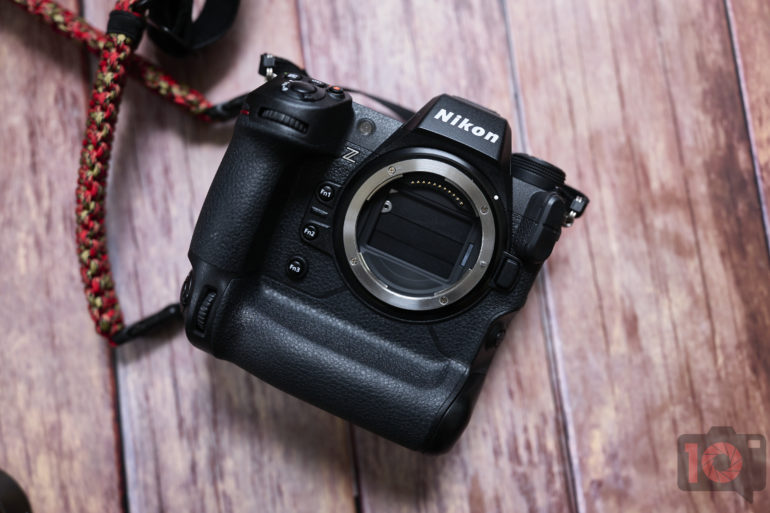
Spread the love
Since Nikon entered the mirrorless segment, the company has had a few rough years before it announced something exciting. This included models such as the Nikon Z9, which eliminates the mechanical shutter, and the Z6 III, which launched the “partial-stack” design. It now appears that the company has something else in mind, and they seem ready to rival Sony in their full capacity. Here is a look at the design of the new sensor, which can be truly game-changing in the photo industry.
First reported by YM Cinema, Nikon has published a 58-page patent in the United States, which can help to end the decade-long challenge between global and rolling shutter. Published in September, the patent title Image Sensor, with number 12425752, showcases a design of a single chip that can be morphed between two read-out methods on a frame-by-frame basis. This means one can get skew-free images and the dynamic range of a rolling shutter.
Two Pathways
According to the patent, Nikon will have two charge pathways inside every pixel on the sensor. The “fast lane” will have a direct readout for classic rolling operation, while the “side bucket” works as a micro-capacitor to store the entire frame at once. The latter enables global shutter capture and then moves the data row by row.


The patent can open either one or both doors automatically, depending on the scene. This can help with flash banding, LED flicker, or fast pans. In other words, you can easily shoot a car running at 200mph at a golden hour and with HDR. The latter can also help photographers work with scenes with bright highlights and deep shadows, allowing them to present details that would not be possible otherwise.
Also, it will largely come down to the camera’s firmware to decide which one to rely on. Naturally, it will make everyday photography easy, allow for more details without a skew effect, and capture fast shots with ease.
Why Does It Matter?
Since DSLRs were introduced, rolling shutters have been a challenge. This is not only limited to video needs but also for photographers who work with lights. It also means that many video users will easily get jello-free videos, and still photographers will get the opportunity to flash sync without the use of ND or HSS. There are also 15+ stops of HDR with one single exposure and no need for bracketing. The global shutter also gives a vibration-free and silent shutter, which can help various photographers.
At the moment, Sony’s a9 III is the only company with a global shutter, but it depends on ISO DR. Canon filed a patent, yet we have not seen any global shutter product yet. While Nikon’s idea isn’t new, the integration can truly make the camera a historical feat.
We aren’t sure whether this shutter will be a part of Z9 II, but if they are able to get that, they can truly make Z9 II compete with Sony, or even surpass the company. This also means the camera will cost a lot, but it will help sports, wildlife, and bird photographers get the best of their images.

